Orthodontic Issues
When a person’s teeth or jaws do not fit together properly, they may require orthodontic treatment to correct the orthodontic issue. Furthermore, if these orthodontic problems, commonly known as malocclusions, are not addressed, they can lead to speech difficulties, premature wear of the teeth and protective enamel, and may even elevate the risk of injury to the teeth and jaw joints. Additionally, early intervention through orthodontic treatment can help prevent these complications and promote overall oral health. Don’t forget to visit our Facebook!
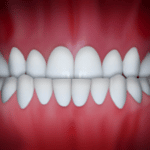
Underbite
An underbite occurs when the lower jaw extends too far forward, positioning the lower front teeth in front of the upper front teeth. Additionally, this misalignment can lead to issues with bite function and overall dental health.
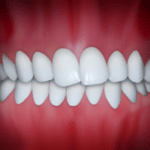
Crossbite
Malocclusion occurs when the upper teeth rest inside the lower teeth, potentially leading to tooth stratification and misaligned jaw growth. To close the mouth, patients typically move their lower jaw forward or to the side. This incorrect bite causes improper use of the lower jaws and can occasionally result in facial asymmetry. Moreover, addressing malocclusion early through orthodontic treatment can help prevent further complications.
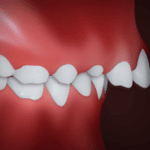
Upper Front Teeth Protrusion
The appearance and function of your teeth suffer from this type of bite, where the upper teeth protrude too far forward or the lower teeth do not extend forward enough. Consequently, this condition can affect your bite alignment and overall dental health.
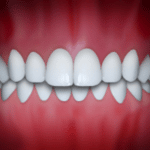
Overbite
The upper front teeth protrude too far over the lower front teeth, leading the lower front teeth to occasionally bite into the roof of the mouth. An overbite typically results in Don’t forget to orthodontic issues such as a “gummy” smile, lips that stick out, and excessive wear on the incisors. Moreover, an overbite can impact both aesthetics and dental health.
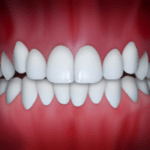
Crowding
Crowding happens when teeth lack enough space to emerge from the gums. This issue represents the primary reason for needing braces. Crowding not only affects appearance but also correlates with periodontal problems and dental decay. This is due to the challenge of cleaning the surfaces of overlapping teeth effectively. Consequently, regular dental check-ups and proper oral hygiene practices are crucial in preventing these complications.
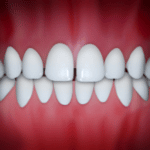
Spacing
Spacing problems can arise from missing teeth or simply be a cosmetic or aesthetic concern. It is crucial to understand that spacing represents another common reason for braces. Unlike crowding, spacing typically results from an excess of jaw room relative to the size of the erupting teeth. Additionally, addressing spacing issues early can prevent further dental complications in the future.
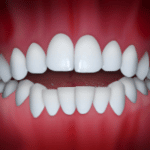
Openbite
Effective chewing relies on the alignment of the upper and lower front teeth without overlap. An openbite can lead to various undesirable habits, like tongue thrusting or thumb sucking. It is crucial to conduct an early assessment and take prompt action to correct an openbite. Additionally, seeking timely intervention can prevent further complications and promote proper oral health.
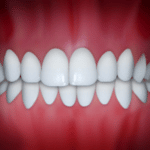
Dental Midlines not Matched
Active dental midlines discrepancies become apparent when the back bite fails to align correctly. Consequently, this misalignment can adversely affect both jaw function and overall dental health.
